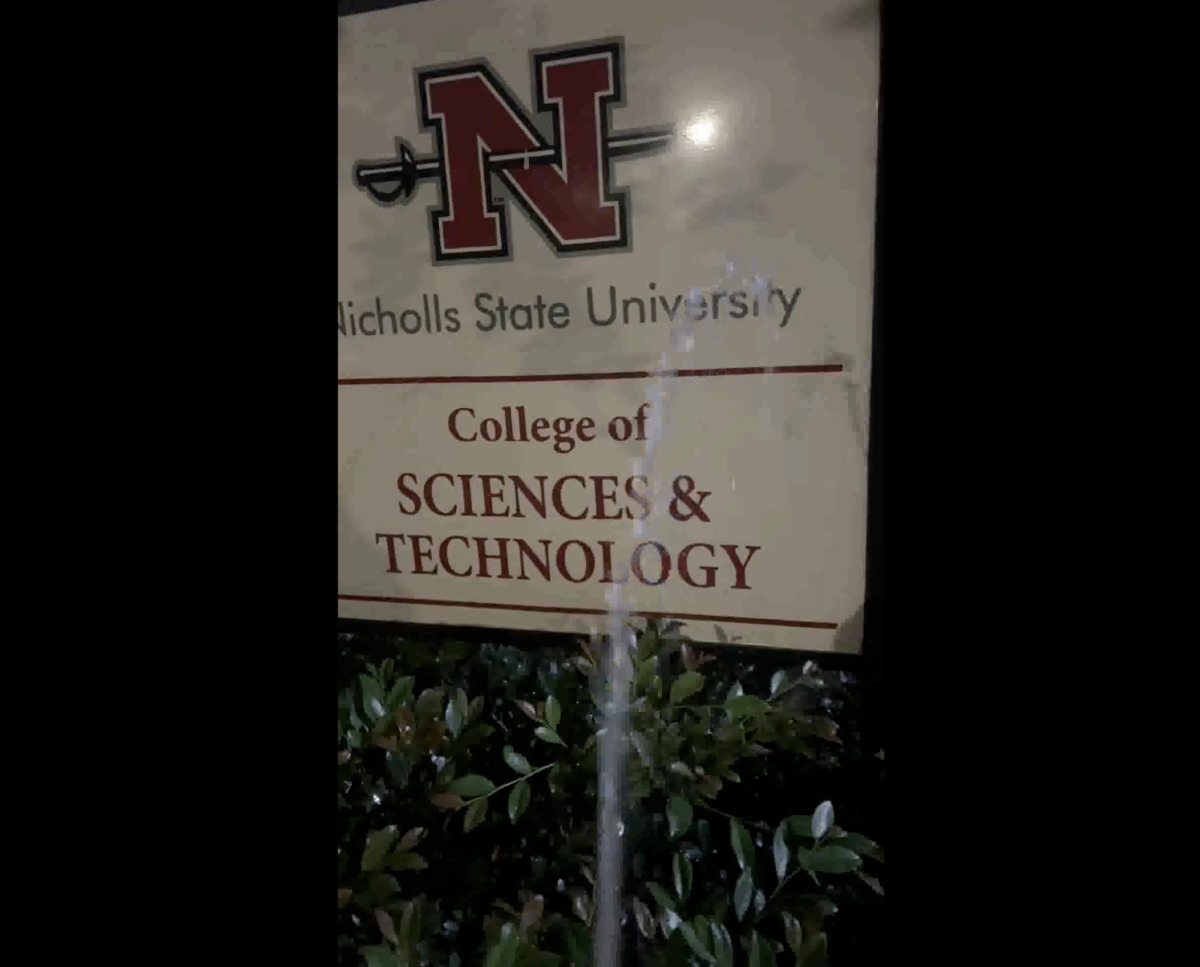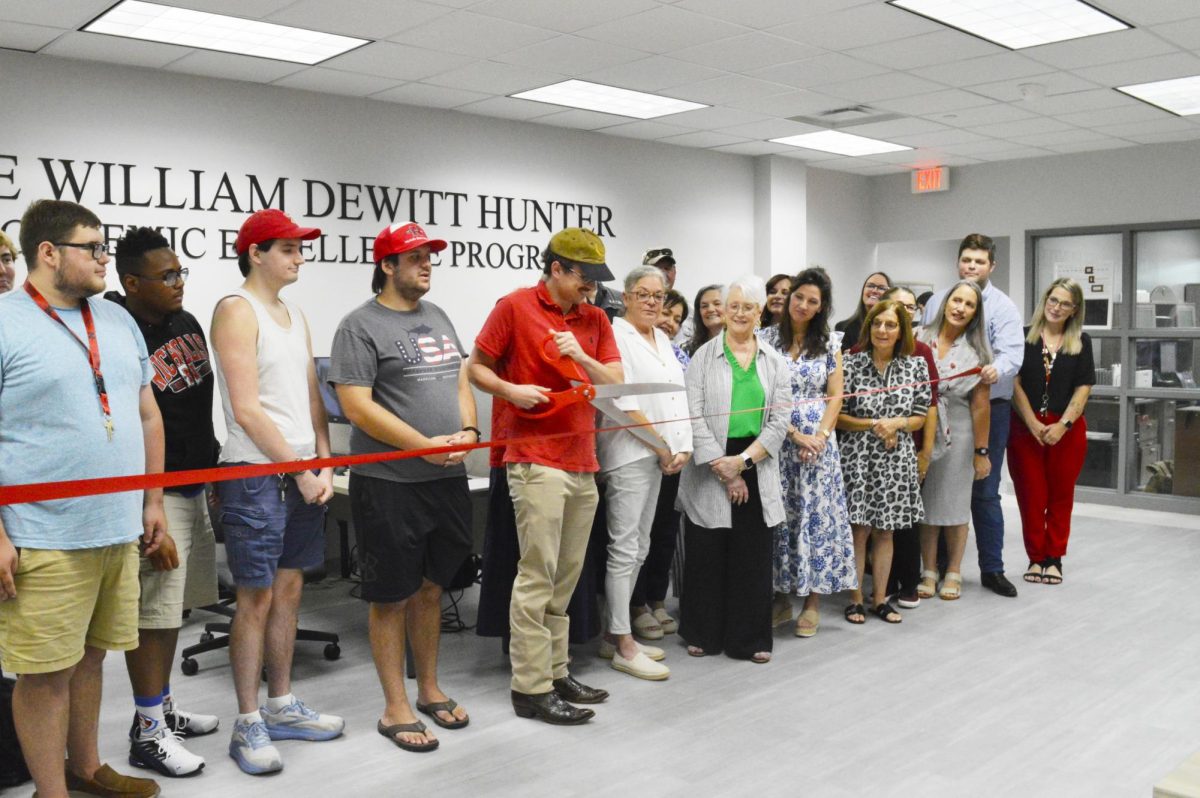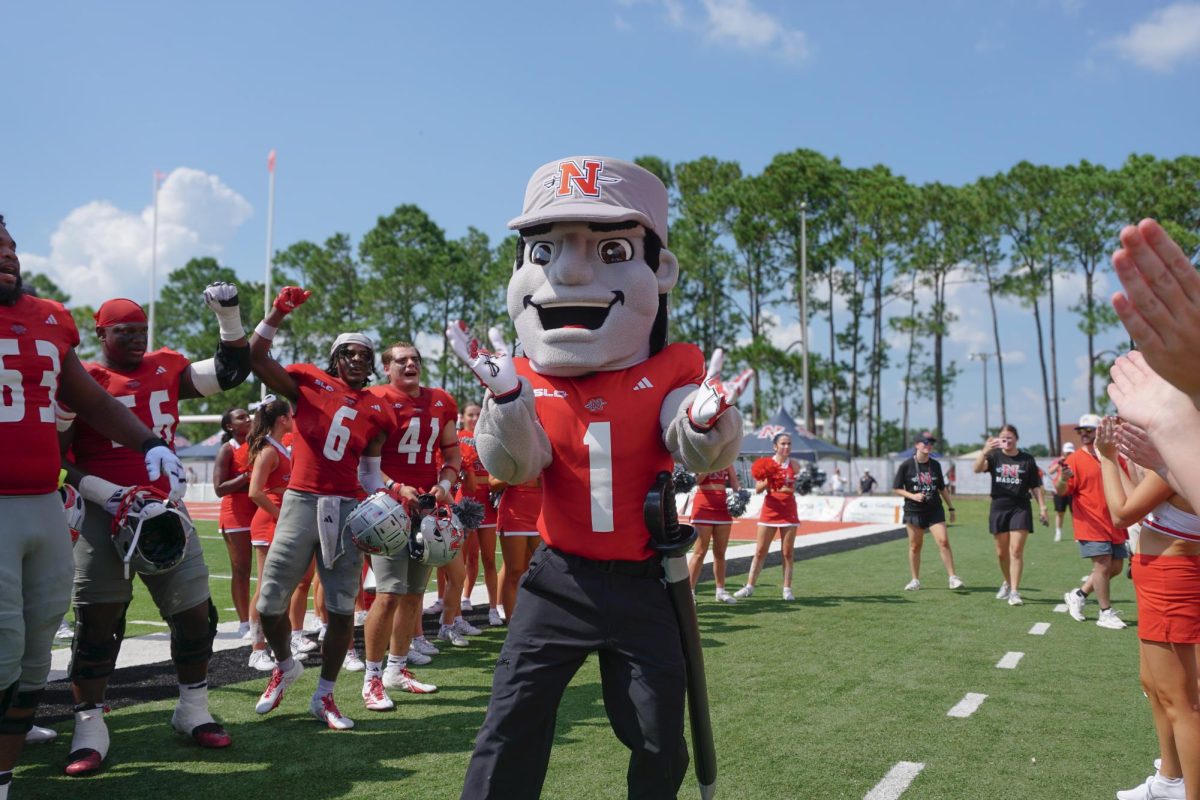There has recently been a lot of reporting on love bugs in the Worth, and that’s simply because there’s recently been a lot of love bugs. Sure they ruin sporting events, and sure they ruin the enamel on the bumper of your car. So, while you’re clearing your windshields of lingering love bug parts, I’ll clear up some lingering misconceptions about the creatures. First, they’re not really bugs. They’re flies closely related to houseflies. Nature understood the sight of houseflies mating 24 hours a day would completely gross out the higher primates and likely reduce their reproductive fitness, causing banana trees to overtake the rain forests and then the rest of Earth. Of course, to Plutonians it would be an appealing set of pastels to view a yellow planet between the green Venus and the red Mars, but who cares what Plutonians think?
Second, it’s not really love. Love itself is a complex, conscious emotion, despite what the interns on Grey’s Anatomy want you to believe. So do bugs really perceive love? Or is it just sex? Is it even sex? Or is it simply DNA molecules wrapping themselves inside a black, chitinous exoskeleton propelled by a couple of sets of wings and directing their own propagation? Okay, “love” sounds better.
Unlike those of most Nicholls students, ancestors of the love bug are not native to Louisiana. Like nutria, water hyacinths and foreign language professors, love bugs are an invasive species. Love bugs are native to Mexico and have been migrating as an extended population along the Gulf coast since the early part of the 20th century. Why? If your body were the colors of charred meat and salsa, you’d be moving out of Mexico, too.
Inspection of the new Nicholls website reveals infiltration of a new color–black–to contrast with the traditional Nicholls red, a gesture that not too incidentally simulates colors of a love bug’s body. Despite the fact that we would be able to declare our sports team defenses to be “swarming,” this color change is not an attempt to mandate or even suggest a new University mascot. The privilege of wearing love bug colors has already been trademarked by the Atlanta Falcons.
The official status of the love bug as “pest” implies the insect serves absolutely no purpose in the ecosystem. However, love bug babies (technically called “larvae”) are hard at work right before swarming seasons eating away dead grass along highways and other nice, hot places. You rarely see love bug babies because they’re small, pudgy, hairless things with a light pink color. If you take a good magnifying glass, kneel down on the side of a busy highway in southern Louisiana and see a tiny worm that looks like Winston Churchill with a blade of dead grass pressed between the lips like a cigar, you’ll know you’ve seen a love bug baby right before that 18-wheeler makes you one with the grass.
A final misconception about love bugs that needs to be cleared –at least before next season–is that I’ve been an expert on love bugs all my life. Truth be told, love bugs are the reason why as an elementary school student I was always nearly, but never quite, 4-H grand champion in insect collecting. The purple ribbon eluded me for three years straight because of my firm commitment to the definition of “insect”–six legs. If you look closely, love bugs have twelve legs and, worse, two heads, so they couldn’t possibly qualify as an appropriate specimen in an insect collection. One day, however, the little brunette girl down the street of my home in Golden Meadow explained the error of my thinking. It took me 25 years to overcome the ensuing embarrassment and ridicule. I’ve been a biologist ever since.








